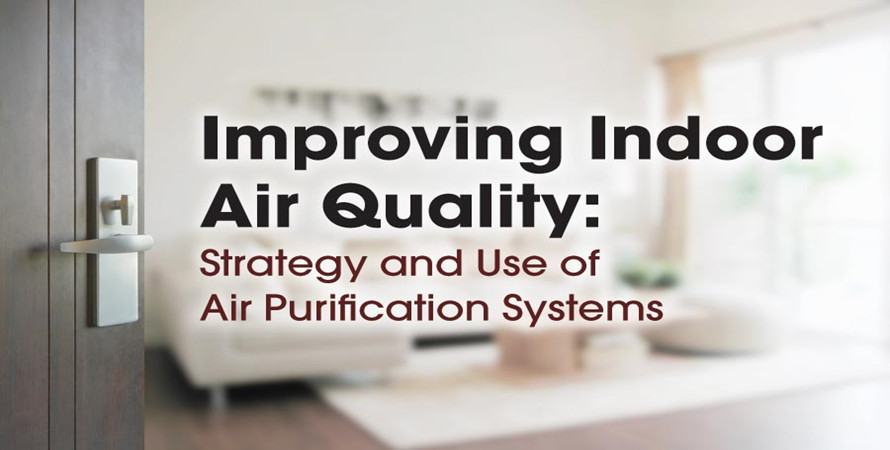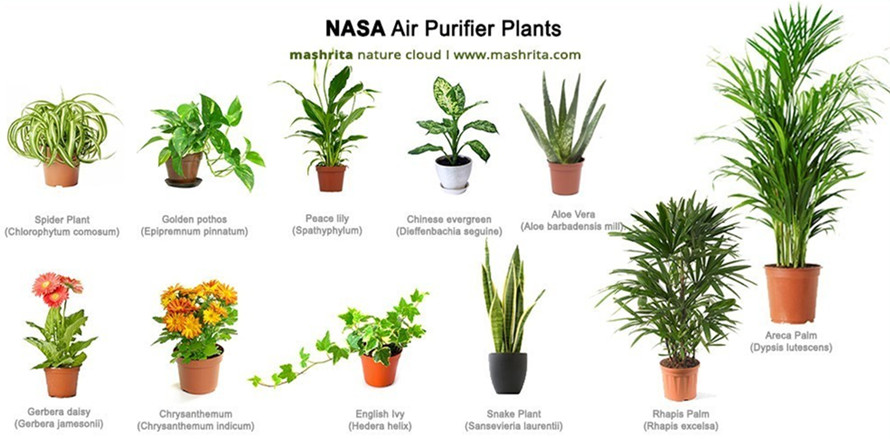- home > News > Filter knowledge
What are the methods for indoor air purification
What are the methods for indoor air purification?
I have introduced various pollutants in the air, which have more or less impact on human health. So what method can be used to remove these pollution? Now we introduce the main indoor air purification methods. There may be other purification methods on the market, but they are basically named differently.
1. Air freshener
When people smell peculiar smells, the most natural thing is to deodorize them with incense, the fragrance will make the spirit happy. Air fresheners come in solid (including balm, fragrant tablets, etc.), liquid (perfume, essence), and gas (fresh spray, deodorant, etc.). The main components are alcohols, ethers, lipids, flavors, etc. The composition of organic compounds, because of its pleasant fragrance, masks the smell of other pollutants, and does not actually achieve the purpose of purifying the air. Both natural flavors and synthetic flavors increase indoor organic matter, which actually increases air pollution.
2. Ventilation method
The simple method of ventilation is ventilation, including natural ventilation and mechanical ventilation. Natural ventilation is to open doors and windows, let the air flow, let in the fresh air from outside, and take away the dirty air in the room. The most common mechanical ventilation is the exhaust fan and the fresh air system, which uses external force to forcibly ventilate the sealed space.
The great advantage of the ventilation method is that it is simple and can effectively reduce the concentration of indoor air pollutants. But its shortcomings are also obvious: First, it is restricted by the quality of outdoor air. If the outside air quality is poor, more serious pollution will be generated; second, when the temperature difference between indoor and outdoor needs to be maintained, the exchange of heat energy will generate huge energy consumption. For example, if the air-conditioning room is ventilated, the outdoor high temperature will be brought in immediately, and the energy consumption of the air conditioner will increase greatly.

3, Filtering method
In the field of air purification, fiber filtration technology is the most economical and practical. The fiber can filter out most of the particles smaller than 10μm, mainly including plant fiber, polyester fiber, polypropylene fiber, and glass fiber. At present, the most widely used HEPA filter is glass fiber, and the highest efficiency for 0.3μm particles is 99.97%.
The filtration method is the most commonly used air filtration method. Most air purifiers on the market use fiber filtration technology. Fiber filtration is very effective for particles smaller than 10μm in the air, and smaller substances are easily adsorbed on the particles, so while filtering the particles, it can also achieve the effect of eliminating some bacteria and TVOC.
These materials accumulate on the fibers, but over time, they are like garbage dumps, turning into a hotbed of bacteria, causing secondary pollution. Therefore, the filter of the purifier should be replaced frequently, which is the biggest disadvantage of the filtration method.

4, Biological purification method
Many people like to grow Chlorophytum, Aloe, Scirpus, and other plants indoors after newly renovating their rooms. These plants can decompose some organic compounds during photosynthesis, but the quantity is extremely limited, and they require air circulation, which have a minimal effect on the air.
There is also the use of cultivated microorganisms and the use of biochemical principles to decompose organic matter, which can also play a role in purifying the air, but because it is too large, it is not suitable for use in a residential environment.

5, Adsorption method
The adsorption method uses porous solids as adsorbents to attach certain components to the solid surface to achieve air purification, including physical adsorption and chemical adsorption. The most representative adsorption method is activated carbon, which is the most effective air purification method. Others include diatom mud, navika, methanol spray, and so on.
But the biggest problem with adsorbents is that they are saturated with adsorption and need to be desorbed, otherwise the adsorption effect will be lost. In other words, the trash can is full, bacteria will grow if it is not disposed of, and it will not be possible to continue loading.
6. Photocatalytic oxidation technology
This is a technology that uses photochemistry and catalysts to act together to cause and catalytic oxidation reactions to purify the air. The name is more difficult to understand, but when it comes to photocatalyst, I believe many people have heard of it.
Photocatalyst is a kind of catalyst. Under the action of ultraviolet light, it can effectively degrade toxic and harmful gases in the air and kill a variety of bacteria. It also has the functions of removing formaldehyde, deodorizing, anti-pollution, and purifying the air. The purification principle is not good, but it is limited to the surface with photocatalyst, so the actual effect is not ideal.
7, 0zone method
Ozone has strong oxidizing properties and has obvious effects on sterilization and deodorization. Using ozone to purify air is an efficient method. However, ozone is toxic and cannot be used in an environment where organisms exist.
8. Electrostatic dust removal technology
This is an efficient air purification technology that can remove organic compounds and bacteria attached to dust particles while removing dust. However, this technology is easy to produce ozone, and more particles adsorbed on the dust collecting plate will affect the effect, and the dust collecting plate needs to be cleaned or replaced regularly.
9, Negative ion method
The negative ions in the air have the effect of adsorption and condensation on the substances in the air, turning them into large ions and sedimenting, so as to achieve the purpose of air purification. Because the stability of negative ions is very poor, the actual purification effect is not obvious, but negative ions have a good impact on human health, so they are often widely used.
10. Non-equilibrium plasma technology
Non-equilibrium plasma technology is a technology that uses plasma-like substances generated by gas discharge to react with various compounds and decompose into small molecular compounds (such as H2O, CO2) to purify the air. This technology can efficiently and conveniently destroy and decompose various pollutants and planktonic bacteria. It is a relatively cutting-edge purification technology and a research hotspot in pollution control. However, there are not many products that can be applied in practice, and the cost is relatively expensive. .

